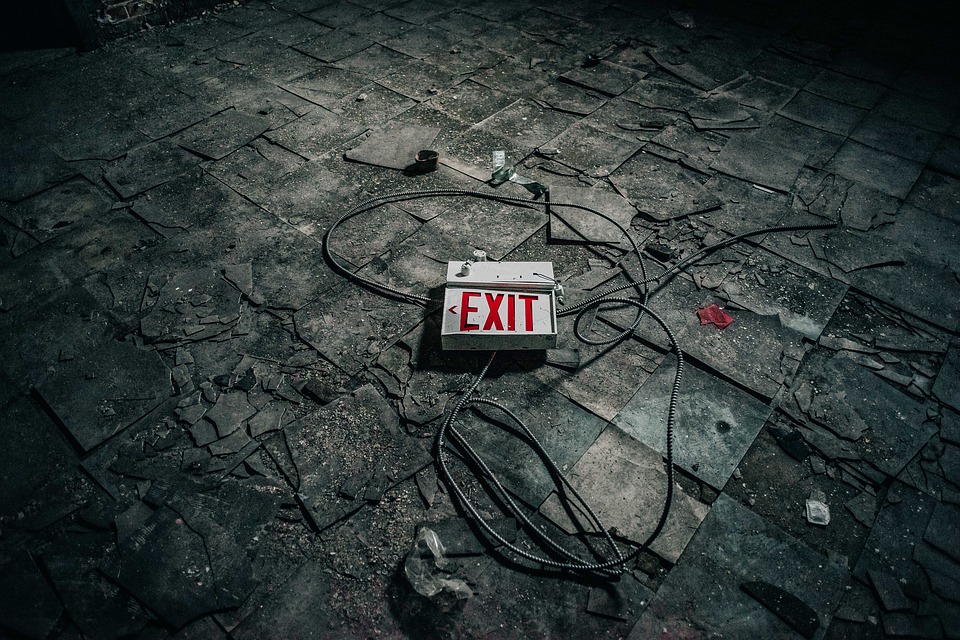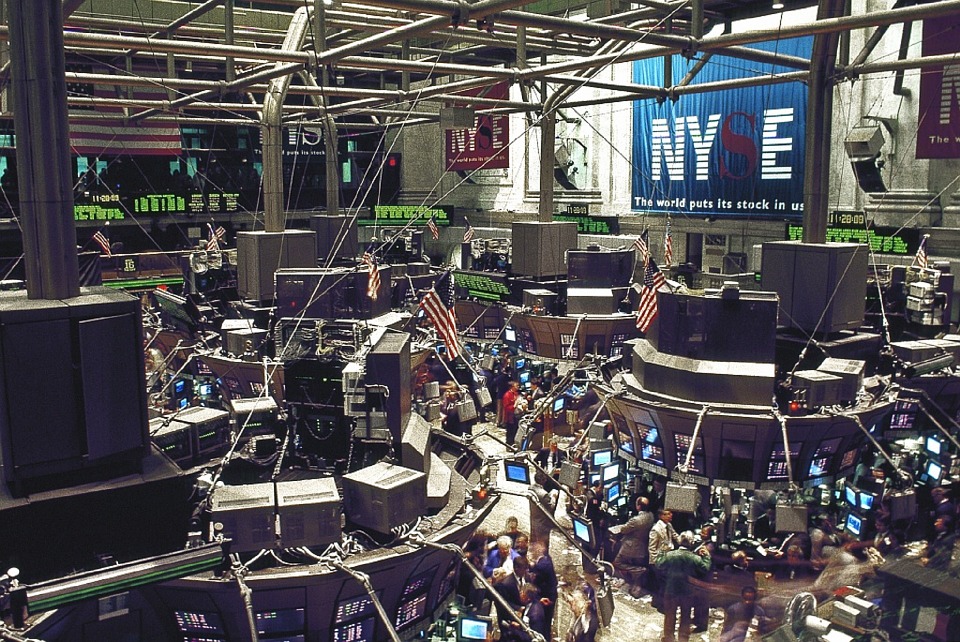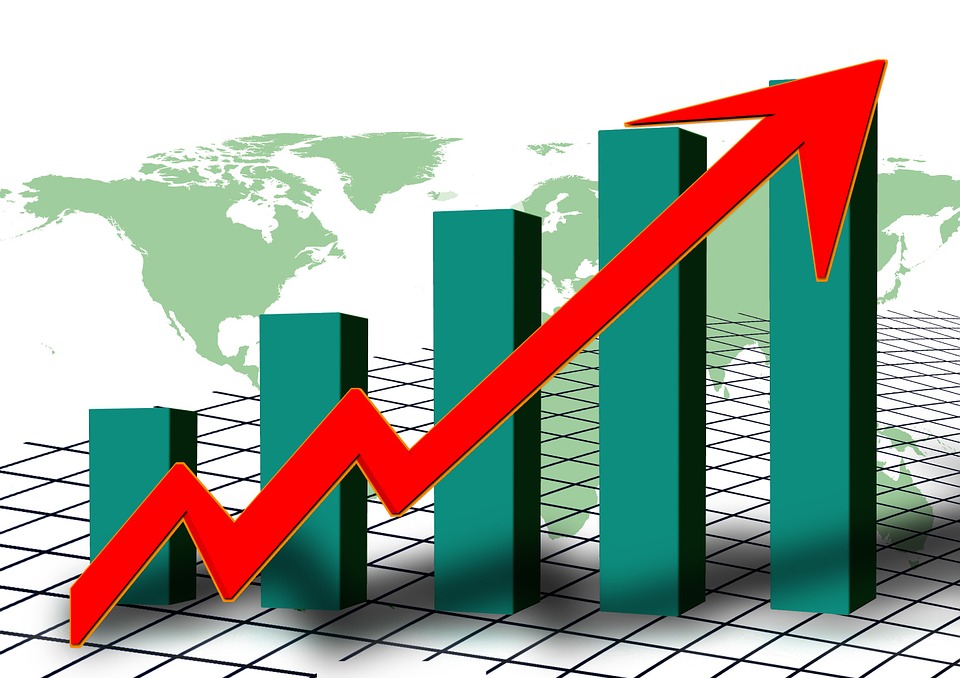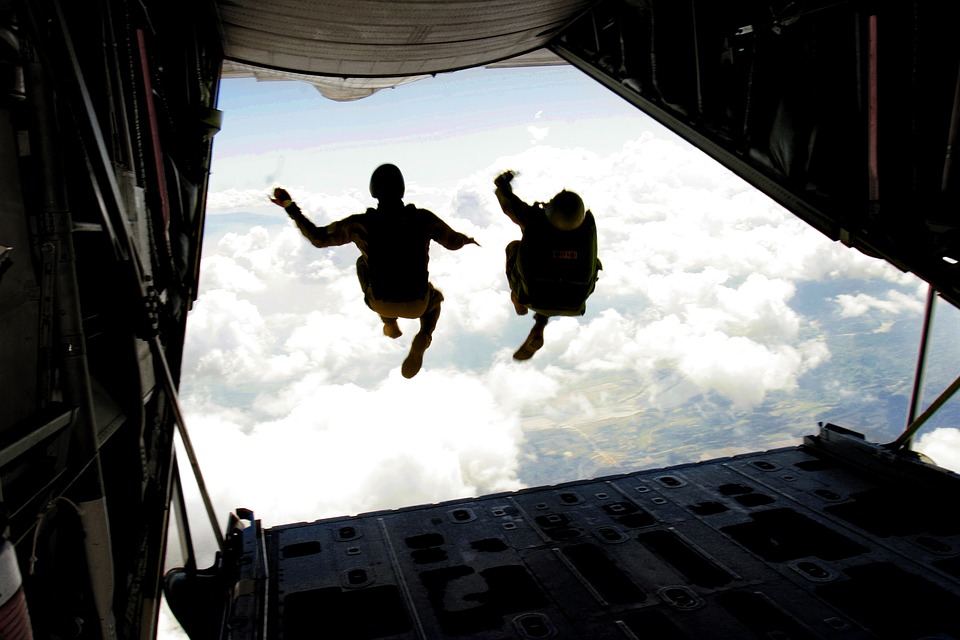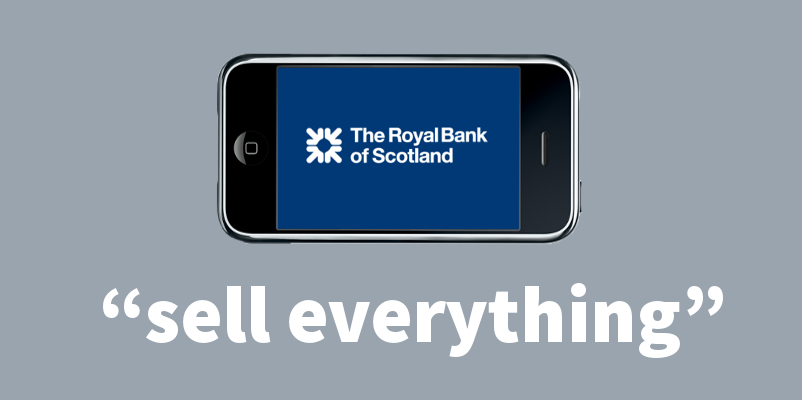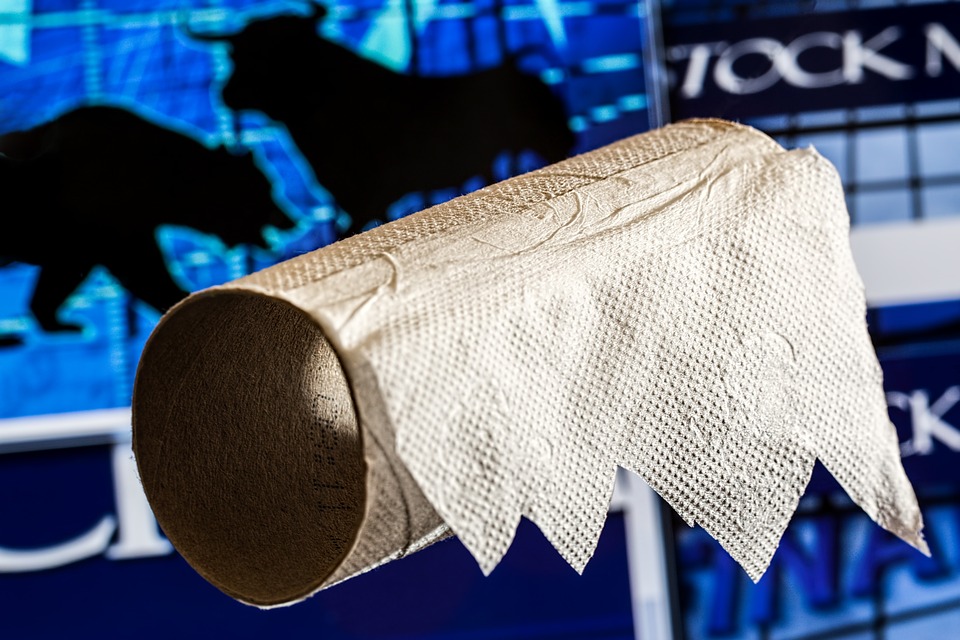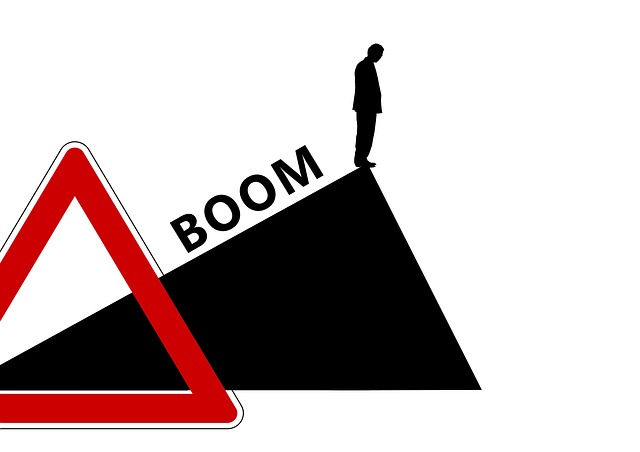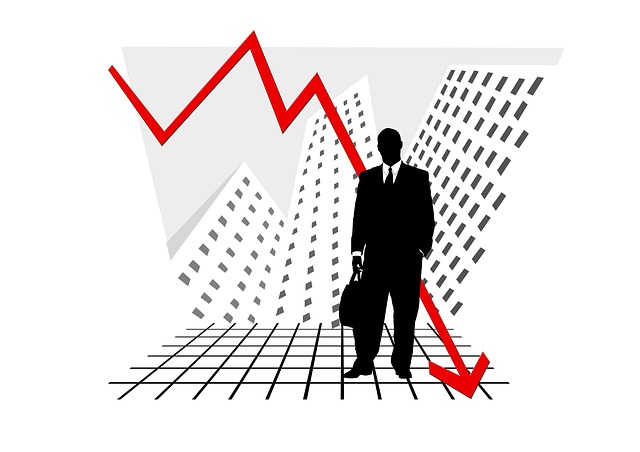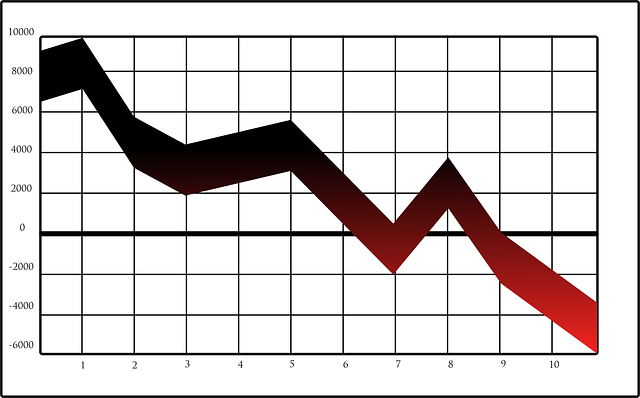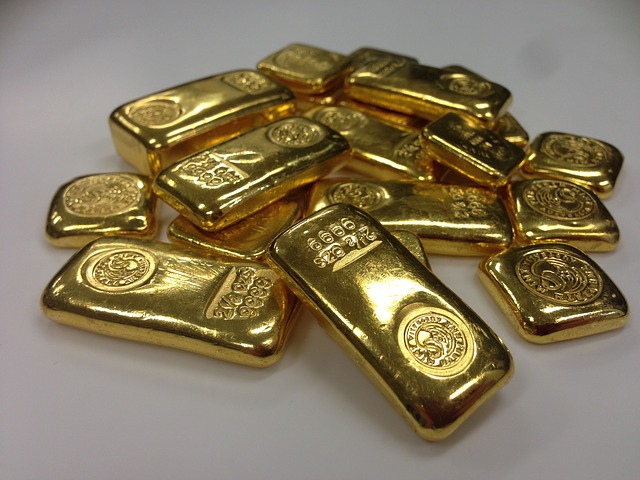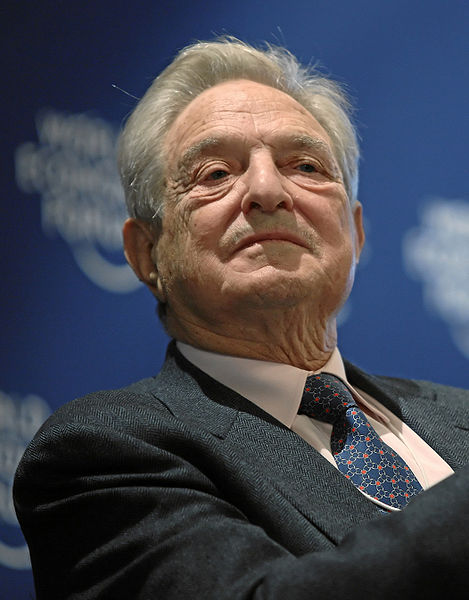S&P 500
If Everything Is Just Fine, Why Are So Many Really Smart People Forecasting Economic Disaster?
The parallels between the false prosperity of 2007 and the false prosperity of 2014 are rather striking. If we go back and look at the numbers in the fall of 2007, we find that the Dow set an all-time high in October, margin debt on Wall Street had spiked to record levels, the unemployment rate was below 5 percent and Americans were getting ready to spend a record amount of money that Christmas season. But then the very next year the worst economic crisis since the Great Depression shook the entire planet and everyone wondered why most people never saw it coming.
After the VIX ‘super spike,’ is the worst ahead?
Technical strategist Abigail Doolittle is holding tight to her prediction of market doom ahead, asserting that a recent move in Wall Street’s fear gauge is signaling the way. Doolittle, founder of Peak Theories Research, has made headlines lately suggesting a market correction worse than anyone thinks is ahead. The long-term possibility, she has said, is a 60 percent collapse for the S&P 500.
The Dow And S&P 500 Soar To Irrational Heights – Meanwhile The Ultra-Wealthy Rush To Buy Gold Bars
Did you know that the number of gold bars being purchased by ultra-wealthy individuals has increased by 243 percent so far this year? If stocks are just going to keep soaring, why are they doing this? On Thursday, the Dow Jones industrial average and the S&P 500 both closed at record highs once again.
Record S&P 500 Masks The Fact That 47 Percent Of Nasdaq Stocks Are Mired In Bear Market
About 47 percent of stocks in the Nasdaq Composite Index are down at least 20 percent from their peak in the last 12 months while more than 40 percent have fallen that much in the Russell 2000 Index and the Bloomberg IPO Index. That contrasts with the Standard & Poor’s 500 Index, which has closed at new highs 33 times in 2014 and where less than 6 percent of companies are in bear markets, data compiled by Bloomberg show. The divergence shows the appetite for risk is narrowing as the Federal Reserve reins in economic stimulus after a five-year rally that added almost $16 trillion to equity values.
